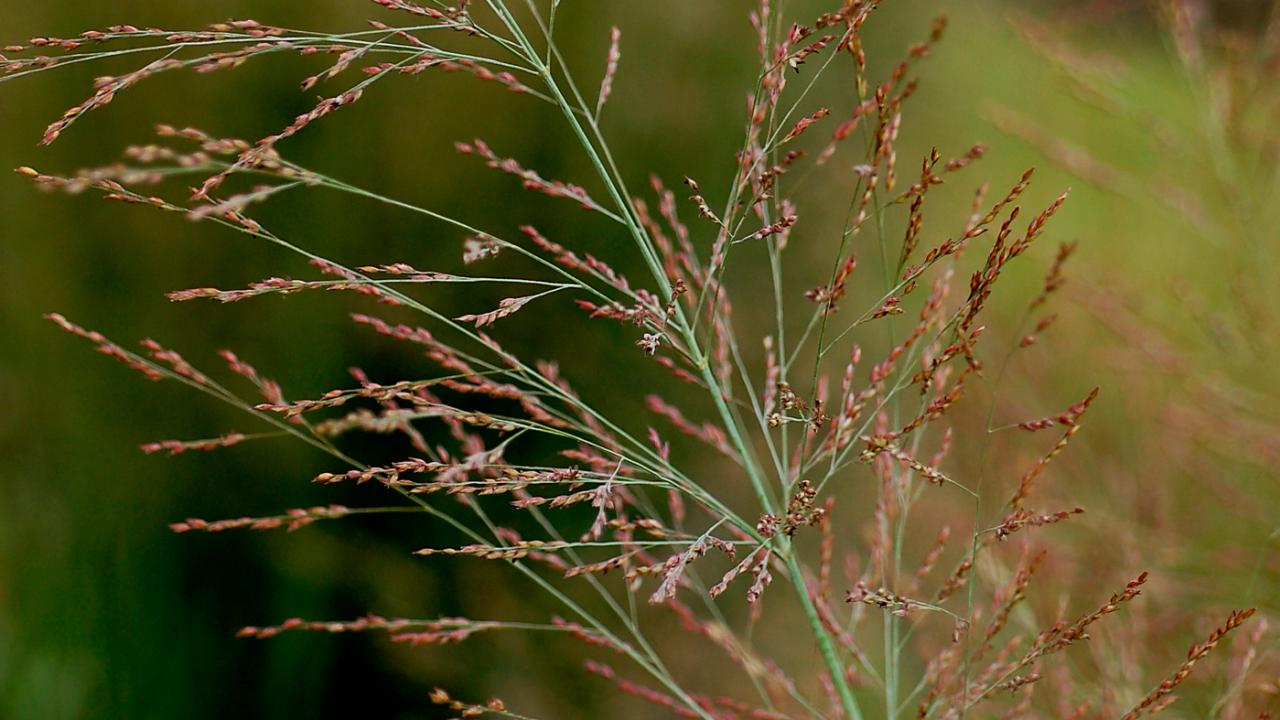

Plant Profiles
Amaryllis
Hippeastrum spp.
Amaryllis bulbs are extremely popular holiday gifts and their large, showy flowers brighten any home with a taste of the tropics during the cold months. Native to Central and South Americas, these plants are hybrids of the Hippeastrum genus. They are fairly easy to grow, will flower the first year and, with a little effort, can reward you year after year with a striking display of flower power.
Many amaryllis plants are sold preplanted in a gift box. Those that are not should be planted in a heavy pot, wider than it is tall, with adequate drainage holes. Use a general, lightweight, soilless mix, making sure that the neck and shoulders of the bulb are planted above the soil level. Initially, the soil medium should be watered thoroughly and then allowed to dry slightly between waterings. This stimulates root growth, which is especially important when keeping the bulb more than one year.
Potted Care
Place the pot in an area that receives bright, indirect sunlight. Keep the plant away from hot or cold drafts, and turn the pot regularly to prevent lopsided growth. You may want to insert a decorative stake to guide and support the tall stem. The stem can be tied to the stake with soft ribbon or raffia. If your amaryllis has a spindly, weak stalk, it most likely needs more light or less water.
Each amaryllis flower lasts about a week, and all the flowers usually open within seven to 10 days of each other. As soon as the flowers fade, remove them, as well as any developing seedpods, so the bulb doesn't waste energy producing seeds. After flowering, the stalk will start to wither; once it has dried, it can be easily removed. By this time, the large, green, straplike leaves should have formed. Nourish the bulb for next year's blooming by fertilizing once a month with a dilute 10-10-10 or 20-20-20 mix.
Take Outside
After the last frost date (May 15 is the average last frost date in the Chicago area), move the potted plant (consisting of a bulb and leaves at this point) outside for the summer. Place the pot in a sunny area with other garden plants so that it can take advantage of the normal growing conditions that these plants receive throughout the summer. Provide morning sun with afternoon shade, taking care not to expose the plant to direct midday sun. Continue to fertilize as directed.
Bring Inside
In late September, bring the bulb inside. If the soil in the pot has shrunk, the bulb can be repotted at this time in soilless mix; be sure and avoid damaging the dormant roots on the amaryllis, as this will set back the growth of the bulb and affect flowering in future years. Allow the foliage to completely yellow before removing it from the bulb. The bulb is now in its dormant period where it will remain for approximately eight to 10 weeks. Around the new year bring the plant out of the basement, place in a brightly lit location, and begin to water (lightly until growth starts).
Varieties
Amaryllis bulbs are available in single, double, orchid-flowering and miniature forms in a variety of colors, primarily red, pink, salmon, white, orange or bicolors. High-quality amaryllis bulbs are available through mail-order catalogs, good garden centers and bulb sales.
By providing amaryllis plants with summer vacations outside in the garden, with natural light and water, fresh air and regular fertilizing, your holiday plant will give you the gift of beautiful blooms next winter and for many holidays to come.

